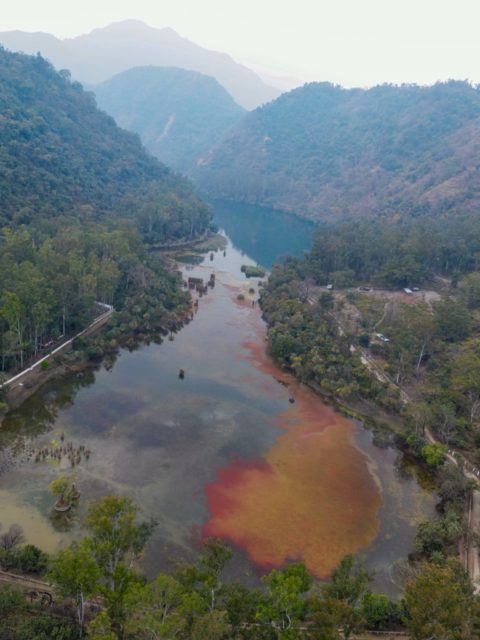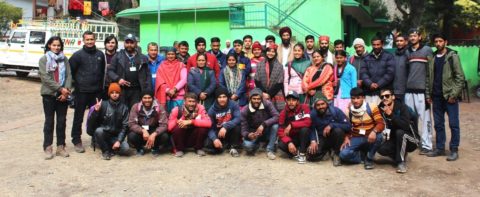
Nature guides training program at Renuka ji: Cultivating a passion for conservation and exploration
-
Capacity development
-
Climate and disaster risks
-
Community resilience
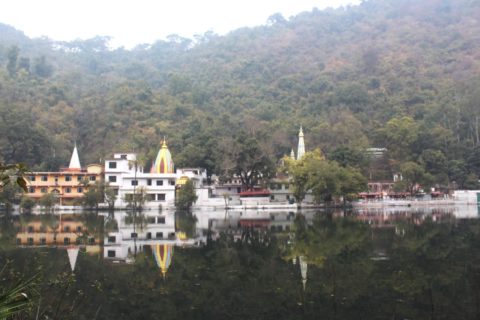
Scenic View of the Renuka wetland
To commemorate World Wetlands Day 2024 on the theme of “Wetlands and Human Wellbeing,” the Forest Department of Himachal Pradesh organized a 10-day training program to build the capacities of local stakeholders in Renuka for sustainable nature-based tourism.
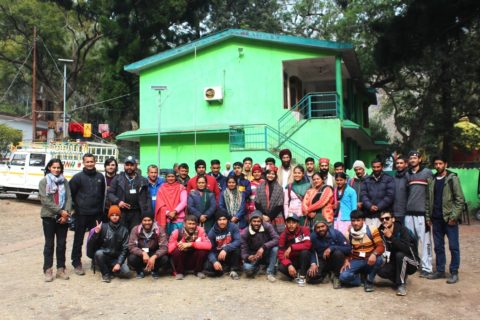
Participants in the training program
As part of a training program, Wetlands International South Asia organized a session on the integrated management of Renuka Wetland to promote its conservation and wise use. The session was attended by nearly 50 participants from different backgrounds, including university graduates, mountaineers, eco-guides, village representatives, and members of women’s self-help groups. The session had a significant female representation with almost 20 women participants who were interested in becoming nature educators after receiving this training.
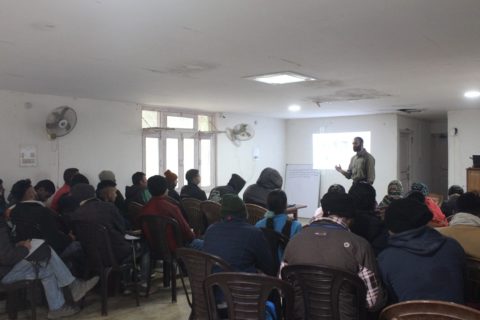
Mr Harsh Ganapathi (Senior Technical Officer – Ecohydrology) during the session
Ms Dayadra Mandal (Junior Technical Officer -Water Management) began the session with an interactive discourse by introducing the concept of wetlands and discussing their various types, functions, values, benefits, and associated threats. She emphasised the significance of integrating scientific knowledge with the participants’ indigenous knowledge. Mr Harsh Ganapathi (Senior Technical Officer – Ecohydrology) then delved into the integrated management of the Renuka Ji, exploring different dimensions of the wetland, identifying stakeholders, and addressing various components of its management. A strong emphasis was given to the conservation and management of Renuka Ji for nature and people to ascertain the optimum benefits gained from the wetland system.
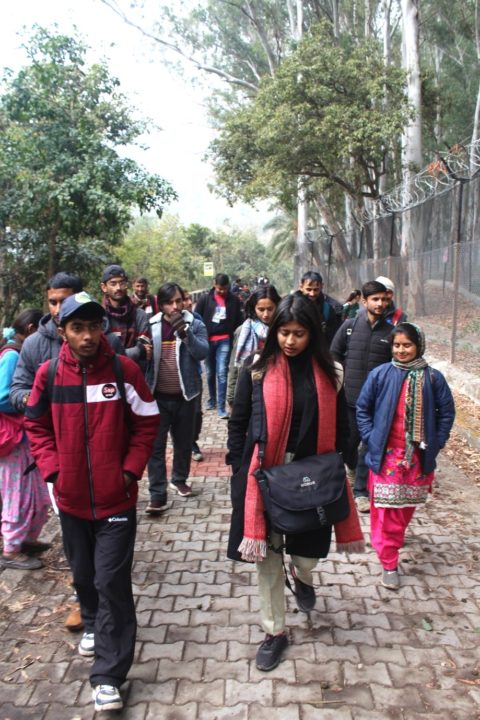
Lake walk after the session
The session was followed by a lake walk wherein aspiring nature guides shared insights into the wetlands’ history, cultural significance, and local beliefs. They also discussed the rich biodiversity that the wetland supports. The participants were informed about how they could attract tourists by sharing key information about the wetlands and its myriad features and significance. The participants were also trained on the dos and don’ts while guiding the tourists visiting the wetland.
The participants shared their learnings and takeaways from the session, followed by a discussion on the steps they could take to become successful nature guides.
